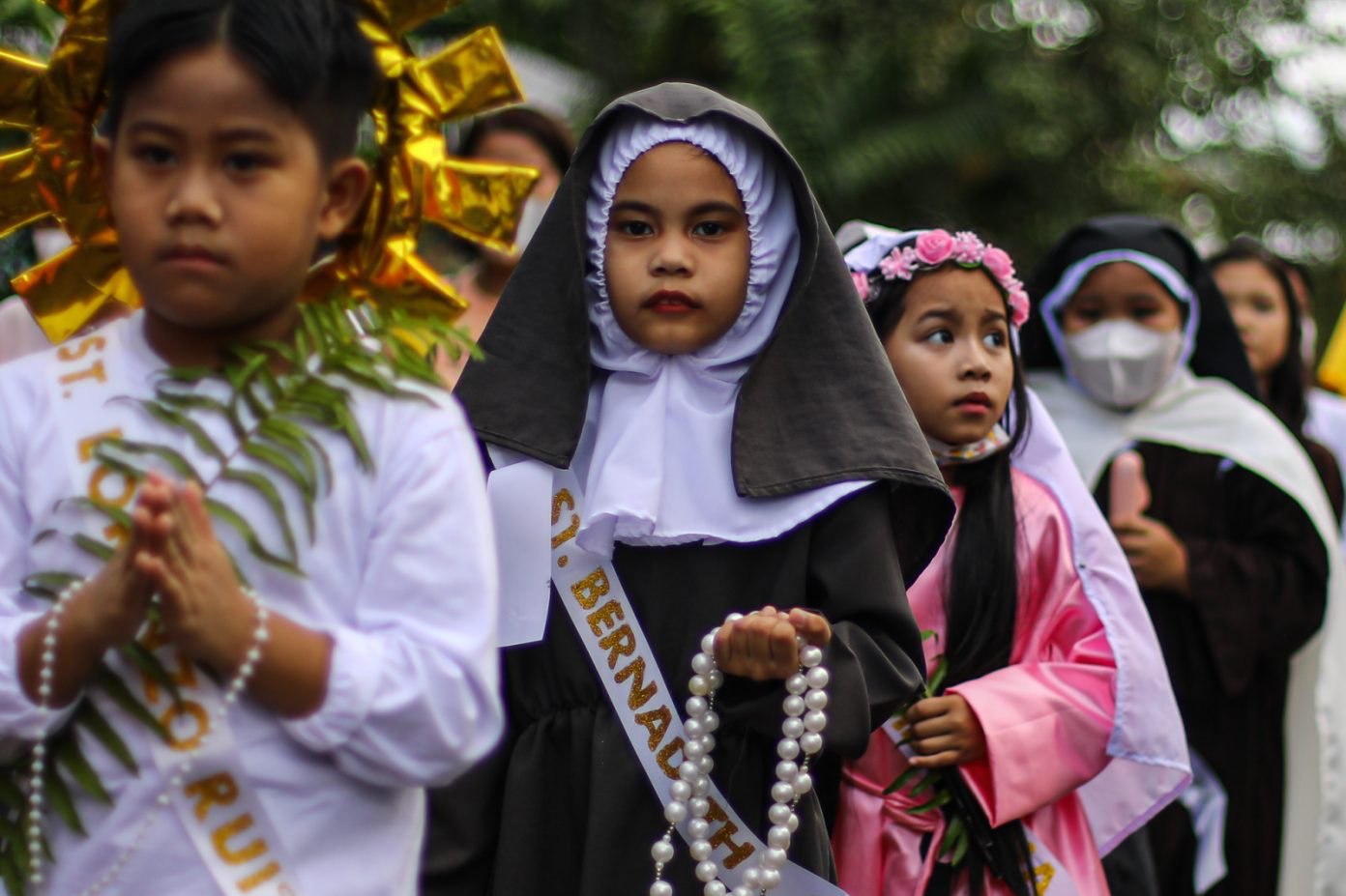The origin of All Saints’ Day may date back to a Greek Christian tradition from the 4th century when a festival was held to honour saints and martyrs on the Sunday following Pentecost.
The first recorded All Saints’ Day occurred on May 13th 609 AD when Pope Boniface IV accepted the Pantheon in Rome as a gift from Emperor Phocas. The Pope dedicated the day as a holiday to honour the Blessed Virgin and all the martyrs.
In 835 AD, during the reign of Pope Gregory III, the festival was moved to 1st November and was expanded to include the honouring of all saints, including those whose sainthood is only known to God.
It is likely that 1st November was intentionally chosen to replace the pagan feast of the dead, Samhain. The night before Samhain was a time when evil spirits roamed the land looking for humans. To confuse the spirits, people would dress up as creatures. This tradition carried on after November 1st became a Christian festival, hence the name of Halloween – which is a shortened version of All Hallows’ Eve.
The day survived the Reformation, though the Protestants combined it with All Souls’ Day, which was on November 2nd.
The day was abolished as a church festival in 1770, but may be celebrated by many churches on the first Sunday in November.
In Roman Catholicism, All Saints’ Day is a Holy Day of Obligation. This means Catholics must go to Mass on the date unless there is a good reason not to attend, such as illness. Whenever November 1st falls on a Monday or a Saturday adjacent to the Sunday sabbath, Catholics are encouraged but not required to attend mass.
